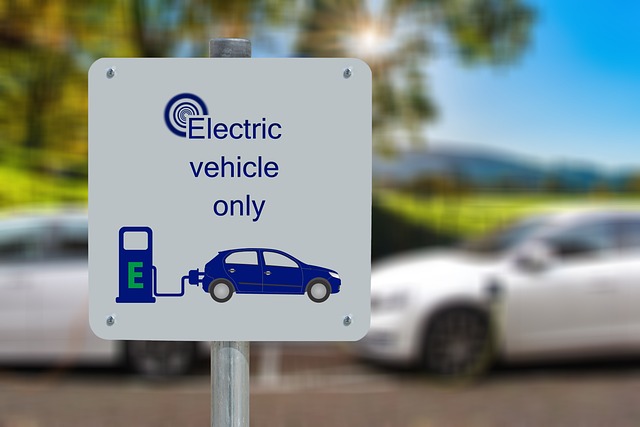A moment in markets – Price reaction to OPEC+ deal reveals the state of the oil market

Par Mobeen Tahir, Associate Director, Research, WisdomTree
Arguably, broader risk aversion in markets at the time of the OPEC+1 deal announcement somewhat obscures the direct impact of the group’s decision on oil prices. What is clear, however, is that the deal has eliminated the risk of any additional tightness that may have been occurred had the ongoing no-deal scenario persisted for much longer.
Under the deal, OPEC+ have agreed to increase oil supply by 0.4 million barrels per day (mb/d) each month from August to December adding a total of 2mb/d by the end of the year. Remaining production cuts of around 3.8mb/d will be brought back online gradually by September 2022. This was expected and already priced in by markets before the last round of talks ended in a stalemate at the start of July. What is more important, and perhaps unsurprising still, is that United Arab Emirates (UAE), Iraq, Kuwait, Saudi Arabia, and Russia have been granted a higher ‘basis’ to calculate their pandemic supply cuts from. In other words, these countries have been given higher supply allowances to reward them for all the investment they have made in expanding their capacities. This deal settles the discord within the group, for now, and raises the prospect of an additional 1.6mb/d of oil ultimately flowing into the market due to the increased allowances.
The OPEC+ deal reveals three key aspects of the nature of oil markets. First, there is (maybe) just enough harmony in the group to avoid any cracks to widen and for countries to cut loose and break their supply agreements – an upside risk that has surfaced following the stalemate. Second, markets are not expecting demand growth to outpace supply growth, or else a positive reaction to the decision would have ensued. And third, backwardated oil futures curves – which indicate supply tightness in the short term – also potentially signal a lack of tightness in the future.
The third point above suggests that markets share our view that OPEC+ holds the cards for controlling oil prices and has sufficient spare capacity to satiate any additional demand growth. According to the International Energy Agency, total oil demand growth globally is expected to be 5.4mb/d in 2021 and another 3mb/d in 2022 – bringing total demand back to pre-pandemic levels. Some of this growth expected to happen in 2021 has already taken place in the first half of the year. On the supply side, production in the United States is likely to increase by 1.6mb/d this year, and OPEC+ intends to add at least 5.8mb/d by September next year. An additional 1.6mb/d from the latest deal and a further 1.4mb/d could absorb any unexpected surge in demand – a relatively low probability outcome as the world reels from Covid aftershocks.
Our base case, therefore, is that oil prices are likely to face headwinds for significant further growth from here onwards. OPEC+ has acquired additional power to keep the market balanced and, in turn, control prices. And with countries like the UAE not getting penalised for additional capital expenditure in the oil industry, a precedent is being set which gives producers an incentive to increase supply further in the future. Given the fundamentals of demand and supply, an upside scenario for oil is now unlikely to be triggered by a broader risk assets rally or shortages in supply. It will have to come from a meaningful upside surprise in demand growth.
Sources:
- The Organisation of the Petroleum Exporting Countries and its partners
This material is prepared by WisdomTree and its affiliates and is not intended to be relied upon as a forecast, research or investment advice, and is not a recommendation, offer or solicitation to buy or sell any securities or to adopt any investment strategy. The opinions expressed are as of the date of production and may change as subsequent conditions vary. The information and opinions contained in this material are derived from proprietary and non-proprietary sources. As such, no warranty of accuracy or reliability is given and no responsibility arising in any other way for errors and omissions (including responsibility to any person by reason of negligence) is accepted by WisdomTree, nor any affiliate, nor any of their officers, employees or agents. Reliance upon information in this material is at the sole discretion of the reader. Past performance is not a reliable indicator of future performance.
Retrouvez l’ensemble de nos articles Economie ici











